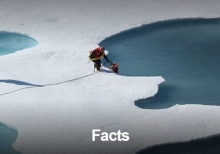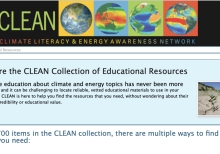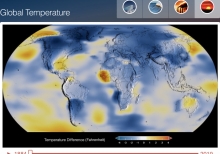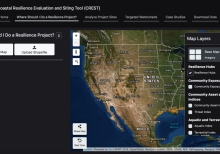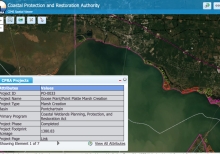Coastal Inundation
Inundation Dashboard provides real-time and historic coastal flooding information at a majority of coastal water level stations operated by the National Ocean Service (NOS) Center for Operational Oceanographic Products & Services (CO-OPS). The product features both a map based view where users can easily view coastal flooding information geospatially and a more detailed station view where real-time and historical data for a specific location are highlighted.


